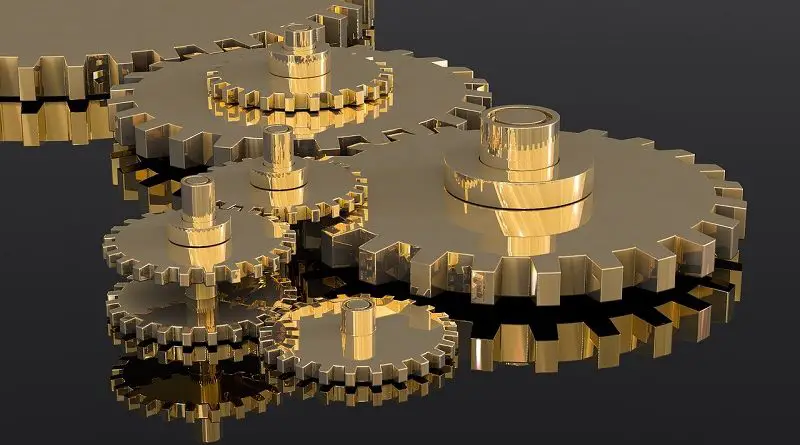Virtual Reality’s Benefits and Usages in Concurrent Engineering
Virtual reality (VR) is a technology that allows users to interact with and experience a simulated environment in a way that feels real. It is often used in the field of engineering, as it allows engineers to design, test, and visualize products and systems in a virtual setting before they are built in the real world. This can save time and resources, and can also help identify potential problems and solutions early on in the design process.
Some specific benefits and uses of VR in concurrent engineering include:
Collaboration: VR technology can facilitate collaboration between engineers working on the same project, even if they are located in different parts of the world. This can increase efficiency and productivity, as well as improve communication and coordination among team members.
For example, VR technology can be used to create a virtual workspace where team members can meet and discuss the project, share and review design ideas, and make decisions together. This can help improve communication and coordination among team members, as they can see and hear each other and interact with the same virtual environment in real time.
The use of VR technology can also help increase efficiency and productivity, as it allows team members to work on the project together, even if they are not in the same physical location. This can save time and resources that would otherwise be spent on travel and in-person meetings.
Design visualization: VR can be used to create realistic 3D models of a product or system, which can help engineers understand how the different components and systems will fit together and work. This can also be used to create visualizations of how the product will look and function, which can be helpful for presenting to clients and stakeholders.
Virtual reality (VR) technology allows engineers to create and interact with realistic 3D models of a product or system. This can help engineers understand how the different components and systems will fit together and work, and can also be used to visualize the product or system in different configurations and scenarios.
For example, VR technology can be used to create a 3D model of a product or system, and then allow engineers to manipulate and explore the model in a virtual environment. This can help them see how the different parts fit together and how the product or system will function, which can be useful for identifying potential design flaws and for making design decisions.
VR technology can also be used to create visualizations of how the product or system will look and function in the real world. This can be helpful for presenting the design to clients and stakeholders, as it allows them to see and interact with the product or system in a realistic and engaging way.
Testing and simulation: VR can be used to simulate and test different scenarios and conditions that a product or system may encounter in the real world. This can help identify potential problems and design flaws, and can also be used to optimize the design for performance and functionality.
Training: VR can be used to train engineers and other technical professionals in the use of complex equipment or systems. This can be a cost-effective and efficient way to provide hands-on training, and can also be used to create safe and controlled environments for training purposes.
VR technology can provide many benefits to the field of concurrent engineering, including improved collaboration, design visualization, testing and simulation, and training. It can help engineers create more effective and efficient designs, and can save time and resources in the design and development process.




